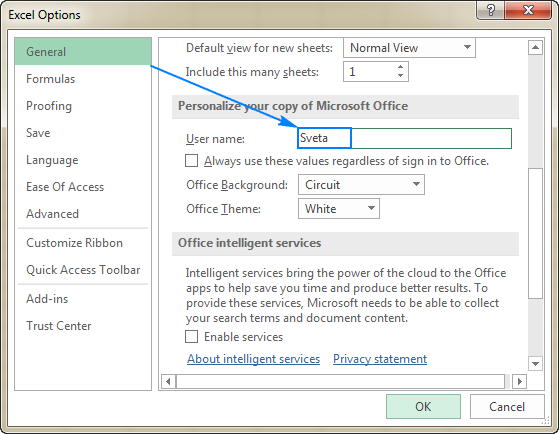Why Wont My Mac Microsoft Office Documents Update
Mar 19, 2020 Table of Contents for WORD for MAC 2008 WORD 2008 for the MAC is what I am using as my word processing software. I created a 20 page document in WORD on my iMAC with headings and sub-headings and some sub-sub headings. Microsoft word table of contents generator mac 2008. May 19, 2010 Table of Contents using MS Word 2011 for the Mac - Duration: 7:14. Alx Sanchez 24,778 views.
- Mac Microsoft Office Crack
- Why Won't My Mac Microsoft Office Documents Update Free
- Why Won't My Mac Microsoft Office Documents Update 2017
2016-3-17 I am currently a student using Office 365 for Mac who is unable to edit documents on Microsoft Word despite being assigned a full license to Office 365 student edition. I have had access before, and I have all of my credentials. I tried to reactivate my account, and it says I can only view documents, but it won't let me edit them on Mac. This scanning occurs with all versions of Office documents and could result in a delay of up to 1 second per document. Microsoft is investigating this issue and will post an update here once the issue is resolved. For more information on this new behavior, see Introduction to the Antivirus API Reference for Office. Mac users can now update their computers to MacOS Catalina release but there’s important things to do before updating and some good reasons to wait a little while. Microsoft Office compatibility. As we warned back in June, older Office for Mac will not work with MacOS Catalina.
Question: I upgraded to Catalina on my Mac and now Microsoft Office won’t work; what can I do?
Answer: One of the side effects of tech companies taking their platforms to new levels is that, often times, older software programs will no longer work.
The most recent version of Apple’s MacOS — known as Catalina — is having a major impact on those who upgraded without understanding that their older 32-bit programs would no longer run.
If your version of Microsoft Office is older than Office 2016 v15.35, you’ll have to choose from a variety of costly or time consuming and complicated options.
If you have Office 2016, you should be able to upgrade to the 64-bit version through Microsoft’s standard upgrade process if for some reason it hasn’t already been updated.
Option 1: Purchase new software
You can purchase the Office Home & Student 2019 bundle from Microsoft for $149.99 or the Office Home & Business bundle for $249.99. The primary difference in the two packages is the business version includes Outlook.
Option 2: Start renting Microsoft Office
Microsoft is trying to get users to convert from a single purchase package that will eventually expire to their subscription 'SaaS' (Software as a Service) platform known as Office 365.
This means you either pay monthly ($6.99 for Home & Student) or annually ($69.99 for Home & Student or $99 for Business) from now on.
Option 3: Switch to Google’s offerings
If your needs for productivity software are very basic, you may find the free options available from Google through a Google Drive account to be acceptable.
Mac Microsoft Office Crack
It includes Docs, Sheets and Slides which are Google’s version of Word, Excel and PowerPoint, although nowhere near as powerful. Though it’s a web-based tool, there are options for editing your documents when you are offline.
Option 4: Revert back to Mojave
There is no simple way to go back to the previous version (Mojave), so this option is very time consuming and complicated, as you’ll have to wipe your hard drive and reinstall everything. Depending upon which version of the MacOS your computer shipped with, you may have to use an external hard drive to complete the reversion.
How to check for 32-bit programs
For those who are considering an upgrade to Catalina, a good first step is to see what 32-bit programs you are currently running to determine if they are important to you or not.
Why Won't My Mac Microsoft Office Documents Update Free

To do this, click on the Apple icon in the upper left corner, then on 'About This Mac' and then on 'System Report.' When the report opens up, scroll down to the 'Software' section and click on 'Applications.'

An alphabetical list of applications will appear with various details about each one. If you scroll to the far right, you should see a column that says '64-Bit' and the words 'Yes' or 'No' for each application. To make it easier to see the Application Name and whether it’s 64-bit or not, drag the 64-bit header from the far right to the far left so it’s right next to the 'Application Name' column.
Go through the list looking for your critical programs to make sure they are 64-bit or to see if a 64-bit version is available from the creator of the program before upgrading to Catalina.
Ken Colburn is the founder and CEO of Data Doctors Computer Services. Ask any tech question at: facebook.com/DataDoctors.